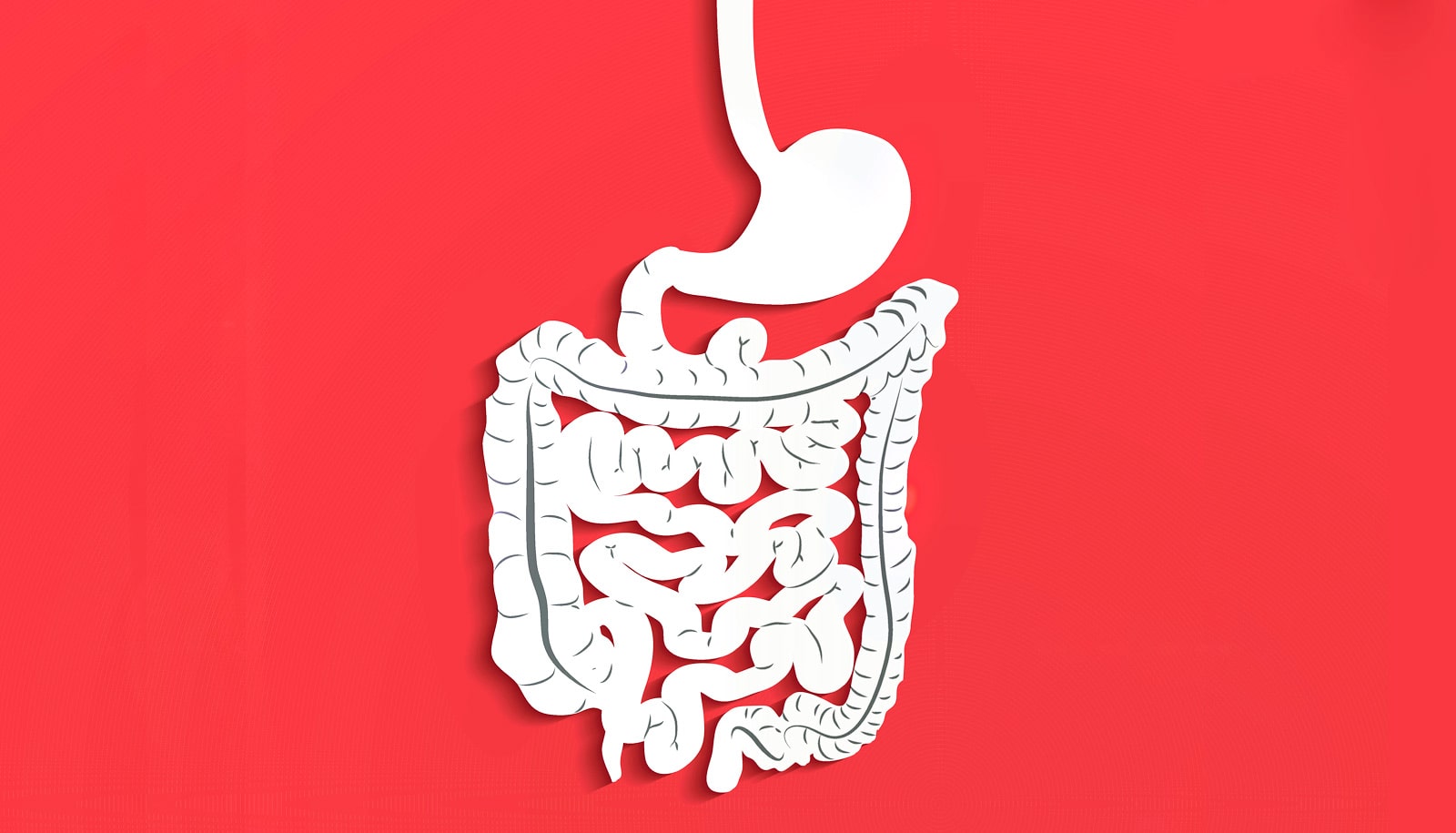A master control mechanism on mast cells, a type of immune cell, can prevent the immune system from overreacting in times of stress, which could limit or even stop severe allergic reactions to food, researchers report.
In cases of severe, even deadly, allergic reactions to foods such as peanuts and fish, immune cells go into hyperdrive. This can trigger anaphylactic shock, which can in turn cause blood pressure to plummet and obstruct breathing.
“What we found is that the CRF2 receptor can act as an inhibitor, or a control point, in mast cells, which prevents them from becoming over-activated,” says Adam Moeser, an associate professor specializing in stress-induced diseases at Michigan State University. “Up until now, no one has really understood the exact role this particular receptor plays on these important cells.”
Protective role
Stressful situations immediately activate mast cells, according to Moeser. This can be either psychological or immunological stress—where a virus or bacteria challenges the body.
Cell receptors typically have one primary job, regulating cell function. In the case of CRF2, or corticotropin-releasing factor 2, researchers discovered its ability to control how much of a chemical substance, such as histamine mast cells release into the body. As a result, CRF2 could help reduce the onset of a severe reaction or disease.
“Histamine’s role is protective, to get rid of invading allergens and pathogens,” Moeser says. “But if a receptor like CRF2 isn’t working properly, then too much of it is released.”
When this happens, instead of fighting off the invaders, it exacerbates the immune response causing anaphylaxis or other serious health complications. The same thing happens with gastrointestinal diseases, such as irritable bowel syndrome, which can cause acute abdominal pain, Moeser says.
The researchers were able to duplicate the same result by isolating mice, pig and human mast cells.
“When we manipulated the CRF2 receptor with a drug, basically blocking its ability to function properly, it caused these mast cells to become hyperactive and increase the release of histamine,” Moeser says. “This showed us just how important this receptor is and by using these different models, we now have good supporting evidence that this is likely what happens in actual patients.”
Beyond EpiPens
Moeser notes a recent case that drew national attention in which a young boy went into anaphylactic shock and died simply by smelling cooked fish.
“Allergies and anaphylaxis are common these days, and anaphylaxis is actually on the rise,” Moeser says. “Being able to respond quickly and effectively is key. Knowing what we know now about this receptor could lead to other potential therapies beyond an EpiPen that’s more preventative than reactive.”
This could mean people with known allergies wouldn’t have to wait until a severe reaction occurred to administer treatment. Rather, they could simply take a drug that targeted this receptor to ensure normal function and stop these responses from happening.
“There’s still more we want to know, like what factors—whether a person’s sex or different types of stress—are involved in how this particular receptor works,” Moeser says.
“But now that we know the critical role it plays, a pharmaceutical company could potentially develop a drug that targets these specific cells. That would be the ultimate goal.”
The National Institutes of Health funded the work, which appears in the Journal of Allergy and Clinical Immunology.
Source: Michigan State University



